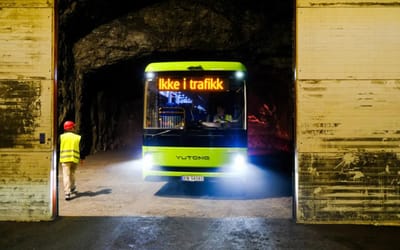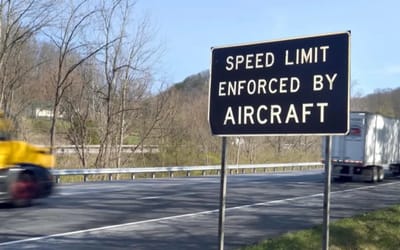These guys flew to a super hot country to test how far electric cars can really go in crippling 111°F heat
Published on Nov 21, 2025 at 9:02 AM (UTC+4)
by Molly Davidson
Last updated on Nov 21, 2025 at 6:17 PM (UTC+4)
Edited by
Emma Matthews
This group jetted off to one of the hottest places in Europe with three electric cars in tow.
They wanted to put them to the ultimate range test and see how they’d cope when the temperature spikes instead of dips.
The plan was to charge everything to full and drive until the cars couldn’t push any further.
But what actually happened once the heat kicked in is where things got interesting.
DISCOVER SBX CARS – The global premium auction platform powered by Supercar Blondie
How they set up an EV torture test for electric cars in 111°F heat
The team behind YouTube channel What Car? landed in southern Spain and headed out on a loop through Andalusia.
A place known for breaking its own heat records.
Their lineup covered three ends of the EV world: a long-range Tesla Model 3 Highland, a mid-priced Kia
EV3 Long Range, and the Citroën EC3, which is one of the cheapest new electric cars you can buy.
They chose them for a simple reason: each car has a completely different battery size and price point, so each one should behave differently in harsh conditions.


To make it fair, they corrected tyre pressures, set every cabin to a verified 21°C, which is roughly 70°F, and swapped drivers every 30 miles.
They also rotated the order the cars followed and agreed that once any car hit 10 percent power, it had to peel off for a charger.
And before they even reached the 10 percent mark, the heat was already showing its hand.
The Tesla’s big glass roof was turning the cabin into a mini-greenhouse.
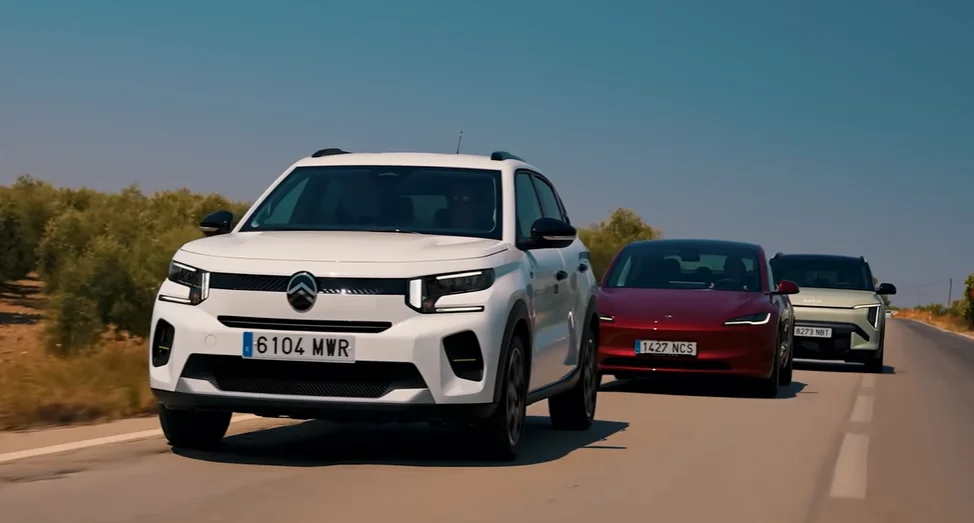
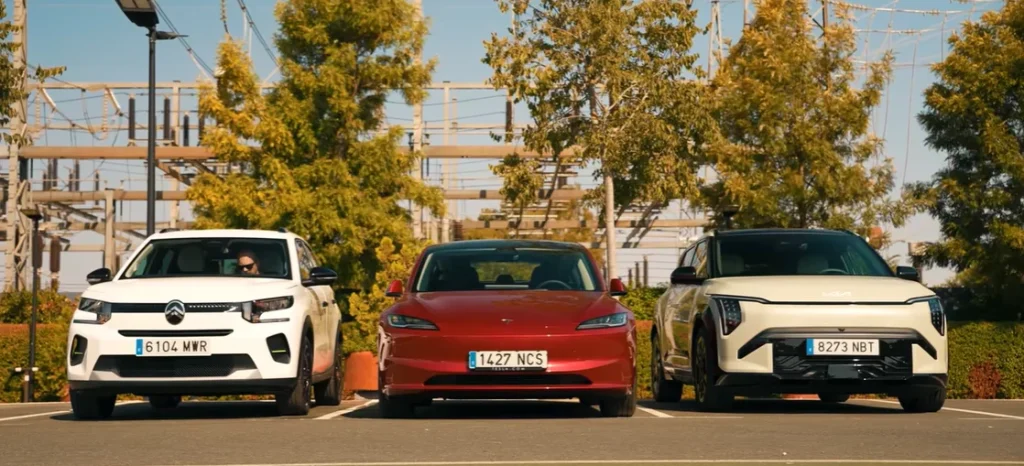
The EC3’s small battery was dropping faster than anyone liked.
And with the outside temperature pushing over 100 degrees, the range numbers on everyone’s dashboards started shrinking quicker than expected.
What they discovered once the heat started biting
The Citroën EC3 was first to struggle.
It rolled into the planned charger… and found the entire station wasn’t even switched on.
With only a few miles left, the driver crawled toward a backup 50 kW charger and arrived at roughly 3 percent, dripping in sweat after turning the AC off to survive.
Once plugged in, the numbers told the full story.
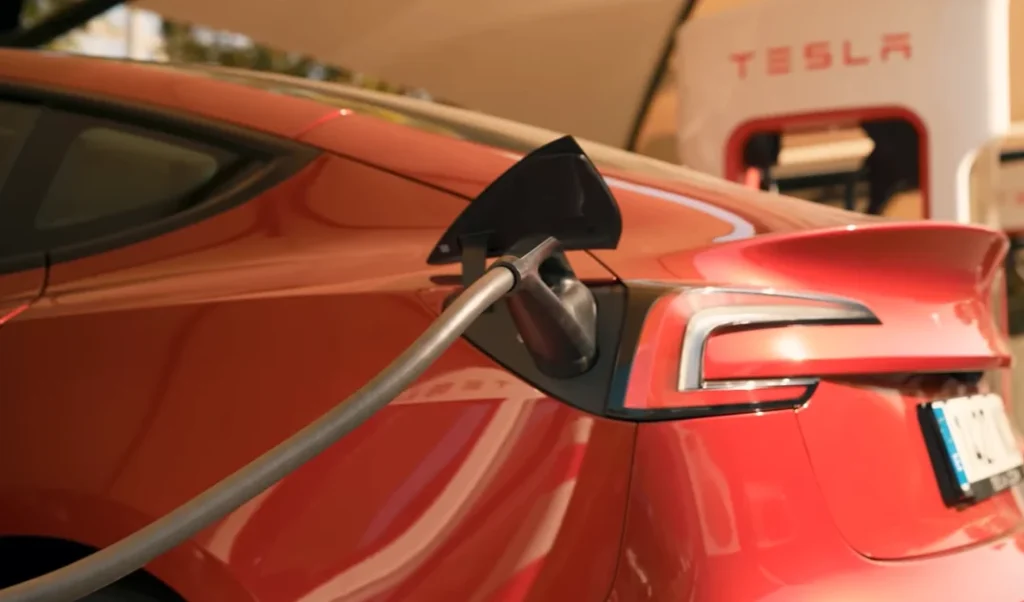
The EC3 managed 129 miles, with a theoretical max of 142 miles – about 28.7 percent below its official range.
It also charged painfully slowly, taking more than an hour to reach 80 percent likely because of its air-cooled battery fighting the heat.
The Kia EV3 and Tesla Model 3 made it much further, each reaching 224 miles before needing a charger.
The Kia’s theoretical max came to 246 miles (32 percent down), while the Tesla posted 244 miles (44 percent down), even though it was the most efficient of the three.
Both bigger EVs still fast-charged just a few minutes slower than their ideal times.
When they put all the data together, the pattern was clear: every car lost more than 35 percent of its official range.
That’s almost the same drop they see in winter.
So it turns out once temperatures flip from hot to ‘oven,’ the batteries spend more energy keeping themselves cool than moving the car.
And your range melts long before you do.
DISCOVER SBX CARS: The global premium car auction platform powered by Supercar Blondie
Molly Davidson is a Junior Content Writer at Supercar Blondie. Based in Melbourne, she holds a double Bachelor’s degree in Arts/Law from Swinburne University and a Master’s of Writing and Publishing from RMIT. Molly has contributed to a range of magazines and journals, developing a strong interest in lifestyle and car news content. When she’s not writing, she’s spending quality time with her rescue English staffy, Boof.


